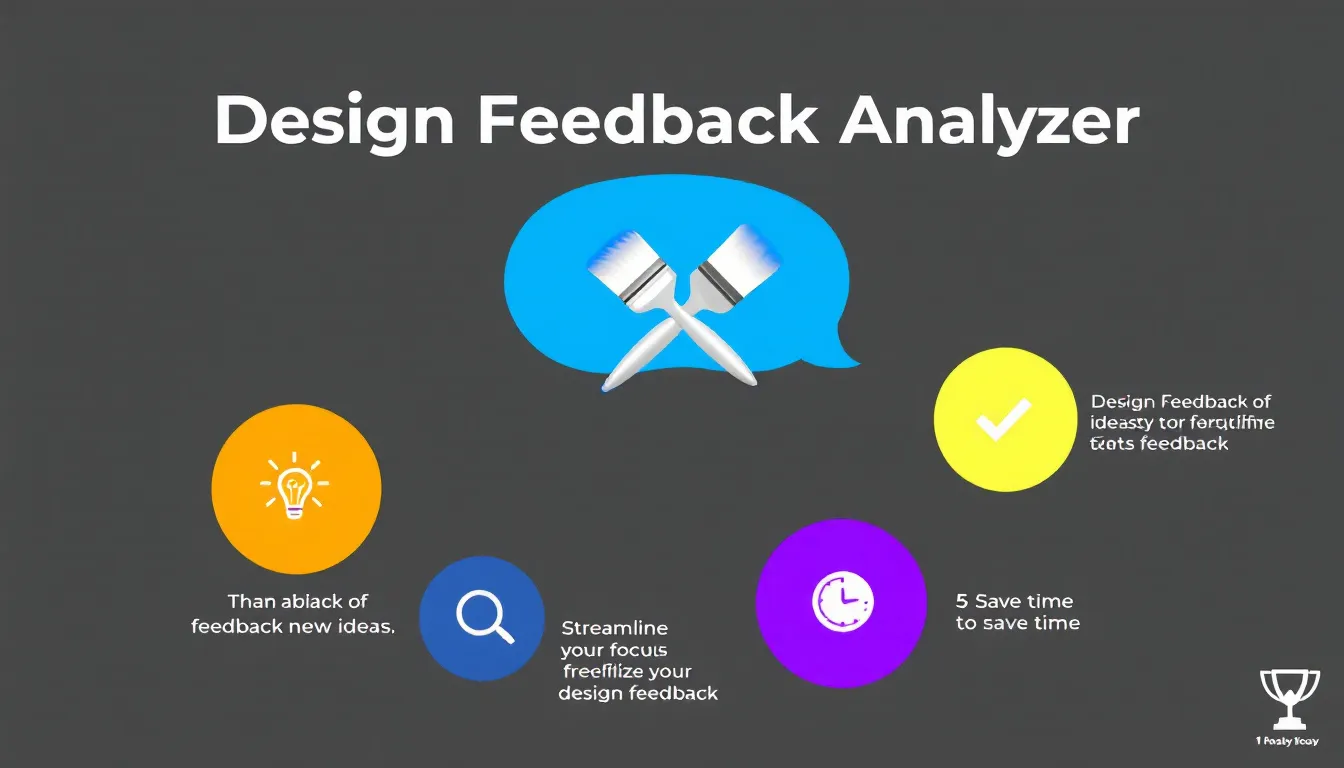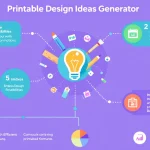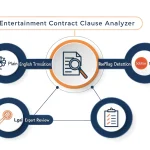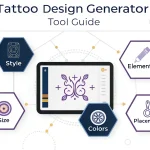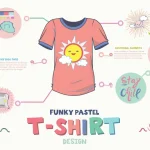Design Feedback Form
Is this tool helpful?
How to Use the Design Feedback Tool Effectively
Follow these steps to maximize the value of the Design Feedback Tool and receive tailored design revision suggestions:
-
Client Feedback: Enter detailed client comments about the current design. For example:
- “The brochure feels too text-heavy and doesn’t highlight our new product benefits clearly.”
- “Our event poster uses outdated imagery and the call-to-action is not prominent enough.”
-
Design Type: Specify the type of design project. For instance:
- “Social media ad campaign”
- “Mobile app onboarding screens”
-
Current Design Elements (Optional): Describe key features of the existing design, such as color schemes, typography, or layout style. Examples include:
- “Muted earth tones, serif fonts, asymmetrical layout”
- “Bright pastels, sans-serif font, centered content blocks”
-
Client Preferences or Requirements (Optional): Note any specific requests or constraints the client wants. For example:
- “Incorporate brand mascot subtly, avoid too many stock photos”
- “Use bold typography with strong contrast for readability”
- Generate Suggestions: Click the “Generate Design Revision Suggestions” button to receive tailored advice based on your inputs.
Once submitted, the tool provides actionable suggestions that address client feedback, design goals, and preferences to help you create targeted revisions efficiently.
Introduction to the Design Feedback Tool: Definition, Purpose, and Benefits
The Design Feedback Tool helps you analyze client comments and design specifics to generate clear, actionable revision suggestions. It streamlines the process of interpreting feedback, so you can focus on improving your designs while maintaining creative control.
Purpose of the Tool
This tool serves to:
- Simplify client feedback interpretation by breaking down general comments into concrete revision steps.
- Reduce the back-and-forth communication typically needed to clarify design changes.
- Help maintain design consistency and quality throughout multiple revisions.
- Support designers in balancing client requests with professional design standards.
Benefits for Designers and Clients
- Save Time: Quickly transform vague feedback into specific action points, reducing revision cycles.
- Improve Communication: Gain clarity on client expectations and communicate revision plans more effectively.
- Enhance Design Quality: Ensure revisions align with design principles and brand identity.
- Boost Client Satisfaction: Deliver revisions grounded in clear client needs, improving trust and collaboration.
Practical Usage: Real-World Applications of the Design Feedback Tool
The tool suits a wide range of design projects by helping you interpret client input and adjust your design approach accordingly. Here are some practical scenarios:
1. Website Redesign Projects
Scenario: A client wants their website to feel more approachable but is unsure how to achieve this.
- The tool suggests using warmer color palettes, increasing whitespace, and simplifying navigation menus.
- You receive advice to add user-friendly features like clear call-to-actions and accessible typography.
2. Branding and Logo Updates
Scenario: A company requests a refreshed logo while maintaining brand recognition.
- The tool offers recommendations on subtle modernizations, such as refining font weights and adjusting color shades.
- It also suggests ways to maintain visual consistency across various brand materials.
3. Mobile App Interface Improvements
Scenario: Users report that an app’s interface feels cluttered and confusing.
- The tool guides you to streamline user flows, simplify icons, and emphasize primary actions with vibrant colors.
- It recommends balancing visual interest with usability through clean layouts and intuitive navigation.
How the Tool Addresses Common Design Challenges
Interpreting Vague Client Feedback
You often receive unclear or broad input like “Make it better” or “Doesn’t feel right.” The tool helps by:
- Identifying key themes within the feedback, such as mood, layout, or color concerns.
- Providing targeted suggestions like exploring color theory, adjusting typography, or improving hierarchy.
- Offering a structured way to generate questions for clients to clarify their preferences.
Maintaining Design Integrity While Incorporating Client Requests
Balancing client wishes with solid design principles can be tough. This tool supports you by:
- Recommending solutions that satisfy client preferences without compromising visual coherence.
- Suggesting alternative design options to address client concerns.
- Highlighting areas where you might educate the client on design best practices.
Handling Multiple Feedback Sources
Complex projects often include feedback from different stakeholders. The tool helps by:
- Organizing and prioritizing feedback based on key themes and project goals.
- Detecting commonalities or conflicts among feedback to provide balanced revision strategies.
- Presenting comprehensive suggestions that address multiple points efficiently.
Adapting Designs for Various Platforms and Mediums
Designs must often work across print, web, and mobile. This tool assists by:
- Offering medium-specific recommendations, such as color modes, resolution, and responsive layouts.
- Helping maintain consistent brand identity across formats.
- Suggesting ways to optimize designs for user experience on different devices.
Frequently Asked Questions About the Design Feedback Tool
Q1: How does the tool handle conflicting client requests?
It analyzes all input and finds balanced solutions that address underlying issues. When conflicts arise, it suggests alternative designs or highlights areas for discussion with clients to resolve differences.
Q2: Can this tool assist with various design disciplines?
Yes. Whether you work in web design, branding, UX/UI, or print media, the tool adapts its suggestions based on your specified design type, making it versatile across projects.
Q3: When should I use the Design Feedback Tool during a project?
Use it anytime you receive significant client feedback or need a fresh perspective on revisions. It’s useful during early concept development, mid-project iterations, and final polish stages.
Q4: Does using the tool replace direct communication with clients?
Not at all. The tool enhances your communication by organizing feedback and suggestions clearly, but direct conversations remain essential to build trust and clarify expectations.
Important Disclaimer
The calculations, results, and content provided by our tools are not guaranteed to be accurate, complete, or reliable. Users are responsible for verifying and interpreting the results. Our content and tools may contain errors, biases, or inconsistencies. Do not enter personal data, sensitive information, or personally identifiable information in our web forms or tools. Such data entry violates our terms of service and may result in unauthorized disclosure to third parties. We reserve the right to save inputs and outputs from our tools for the purposes of error debugging, bias identification, and performance improvement. External companies providing AI models used in our tools may also save and process data in accordance with their own policies. By using our tools, you consent to this data collection and processing. We reserve the right to limit the usage of our tools based on current usability factors.
